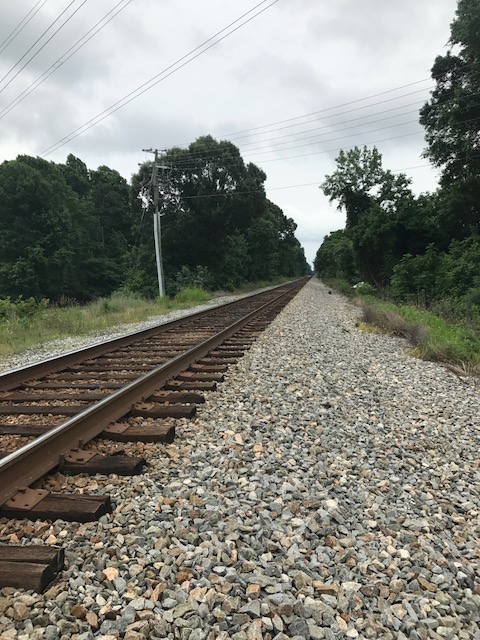Trains are Silent Killers
Train track, a popular site to walk besides, also has a dangerous side.
The corner of Airport Road and Richmond Road.

Train tracks on Airport Road and Richmond Road.
Trains are dangerous. This is well known, however the number of pedestrian-train deaths a year are higher than they should be. Common questions asked are, “How did they not see the train,” or “Why did they not hear the train coming,” but fatal train accidents are more common than most people think.
In 2016 there were 2,025 collisions, 265 fatalities and 798 injuries and in 2017 there has already been 90 fatalities across the US, two of which were in Virginia. Most recently in Williamsburg, Virginia a man was struck by an Amtrak train on the corner of Richmond and Airport Road.
Being struck by a train is surprisingly more common. Trains are silent killers. When people think of trains they think of steam engines, which were retired because of how noisy they were. Train cars today are actually very quiet, and over the years the rails have been designed to be quieter and quieter. Specially designed for low friction, they allow the cars to glide and the rocks underneath the tracks help reduce the impact.
The environment can also impact the noise level the trains produce. For example, trees in the surrounding area act as a sound barrier, decreasing the sound level, giving less of a warning to a pedestrian or person in vehicle.
According to the FRA the sounds trains produce measures in decibels (dBA) to the equivalent of a loud voice (75 dBA) or a shout (85 dBA). By comparison the siren measures at around 105 DBA, which is right under that of a Jet Aircraft at 500 feet (120 dBA).
Another factor affecting pedestrian to train collisions is that it takes a train longer to stop completely. According to the Minnesota Operation Lifesaver, trains travel at around 50-55 mph, a velocity that requires 10 to 1.25 miles to come to a complete stop after the engineer has applied the emergency brakes.
Suicide is also occasionally responsible for pedestrians being struck by trains. According to Université du Québec à Montréal, there are 43 completed suicides on railways annually. About 66.7% of the time most of these railway related suicides occur on open track.
To avoid these collisions, you must be aware of our surroundings when walking by train tracks because you may not hear it coming if you aren’t paying attention.



